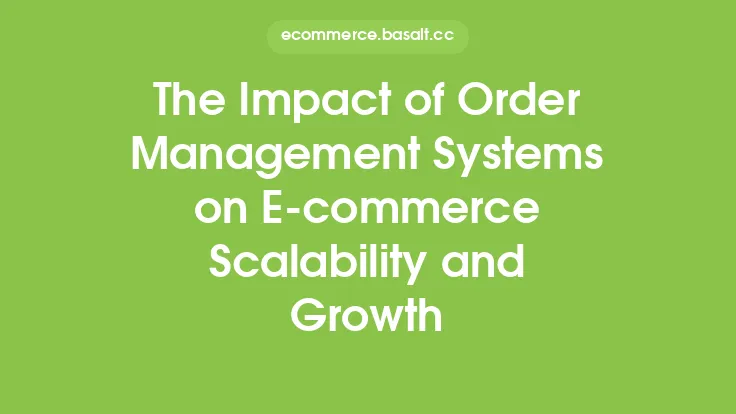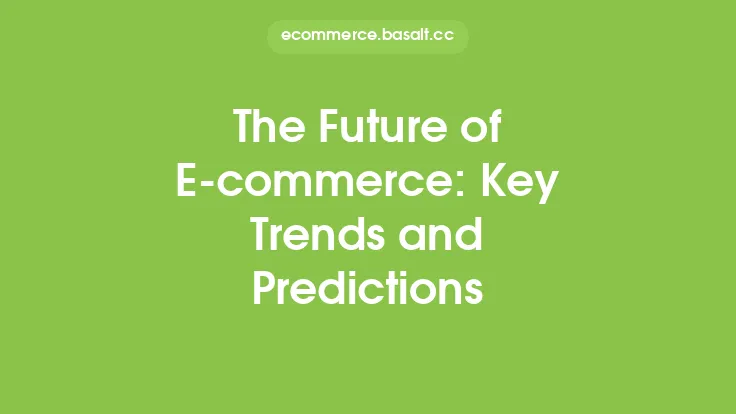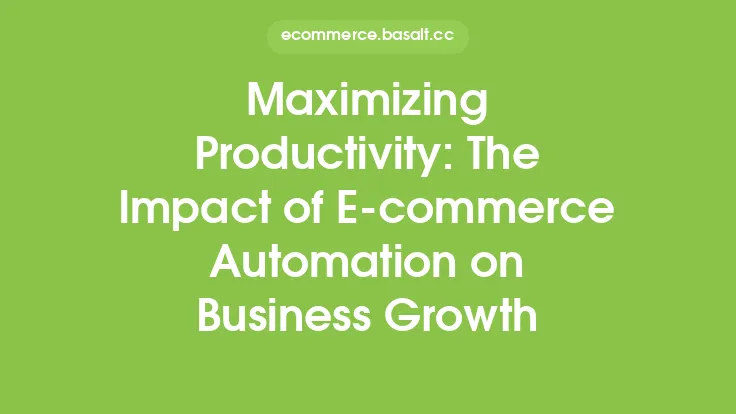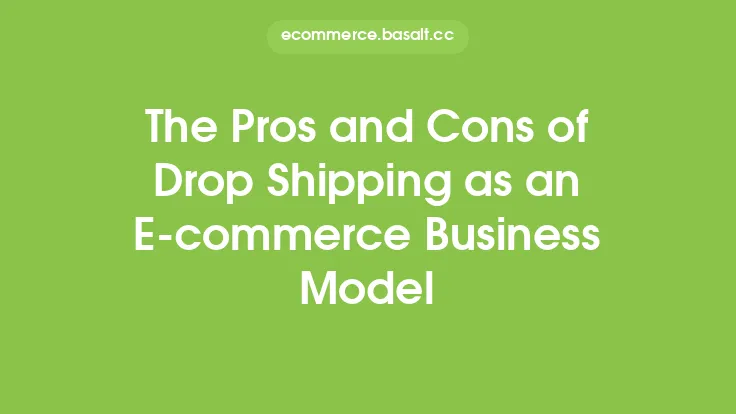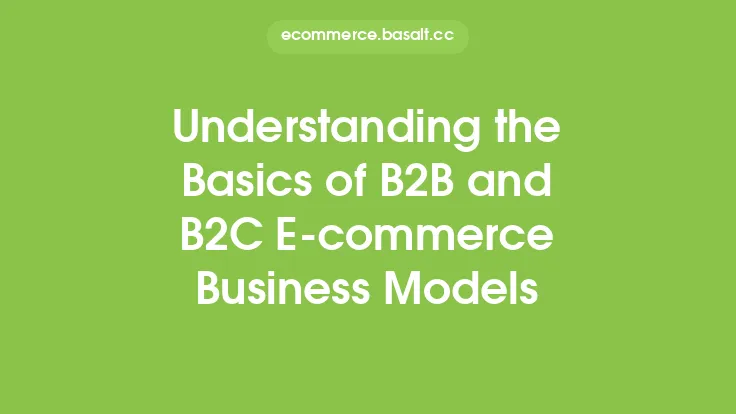The e-commerce landscape has undergone significant transformations in recent years, driven by advances in technology and changing consumer behaviors. One of the key trends that has emerged is the growth of headless e-commerce, which involves separating front-end and back-end functions to create a more flexible, scalable, and personalized online shopping experience. In this article, we will delve into the world of headless e-commerce, exploring its benefits, challenges, and implications for businesses and consumers alike.
What is Headless E-commerce?
Headless e-commerce refers to an architecture where the front-end and back-end of an e-commerce platform are decoupled, allowing for greater flexibility and customization. In traditional e-commerce platforms, the front-end and back-end are tightly integrated, making it difficult to make changes or updates without affecting the entire system. Headless e-commerce, on the other hand, uses application programming interfaces (APIs) to connect the front-end and back-end, enabling businesses to use different technologies and frameworks for each component. This approach allows for greater freedom and flexibility in terms of design, development, and deployment.
Benefits of Headless E-commerce
The benefits of headless e-commerce are numerous and significant. One of the primary advantages is the ability to create a more personalized and engaging user experience. By decoupling the front-end and back-end, businesses can use modern front-end frameworks and technologies to create fast, responsive, and interactive user interfaces. Additionally, headless e-commerce enables businesses to easily integrate new features and functionality, such as artificial intelligence, augmented reality, and social media, into their online stores. This can help to drive customer engagement, increase conversions, and improve overall customer satisfaction.
Challenges of Headless E-commerce
While headless e-commerce offers many benefits, it also presents several challenges. One of the main challenges is the complexity of implementing and managing a headless e-commerce architecture. This requires significant technical expertise and resources, which can be a barrier for smaller businesses or those with limited IT capabilities. Additionally, headless e-commerce can introduce new security risks, as the use of APIs and microservices can create additional vulnerabilities. Businesses must therefore ensure that they have robust security measures in place to protect their customers' data and prevent cyber attacks.
Key Technologies and Trends
Several key technologies and trends are driving the growth of headless e-commerce. One of the most significant is the use of APIs, which enable businesses to connect different systems and services and create a seamless user experience. Other key technologies include microservices, which allow businesses to break down their e-commerce platform into smaller, more manageable components, and cloud computing, which provides the scalability and flexibility needed to support large volumes of traffic and data. Additionally, the use of modern front-end frameworks such as React, Angular, and Vue.js is becoming increasingly popular, as these frameworks enable businesses to create fast, responsive, and interactive user interfaces.
Best Practices for Implementing Headless E-commerce
To successfully implement headless e-commerce, businesses must follow several best practices. First, they must define a clear strategy and roadmap for their headless e-commerce initiative, including the technologies and frameworks they will use and the features and functionality they will implement. Second, they must ensure that they have the necessary technical expertise and resources in place, including developers, designers, and project managers. Third, they must prioritize security and ensure that they have robust measures in place to protect their customers' data and prevent cyber attacks. Finally, they must continuously monitor and optimize their headless e-commerce platform, using data and analytics to identify areas for improvement and drive business growth.
Real-World Examples and Case Studies
Several businesses have successfully implemented headless e-commerce and achieved significant benefits. For example, a leading fashion retailer used a headless e-commerce platform to create a fast, responsive, and interactive user interface, resulting in a 25% increase in conversions and a 30% increase in customer satisfaction. Another example is a large consumer goods company, which used a headless e-commerce platform to integrate new features and functionality, such as artificial intelligence and augmented reality, into their online store, resulting in a 20% increase in sales and a 15% increase in customer engagement.
Future of Headless E-commerce
The future of headless e-commerce is exciting and rapidly evolving. As technology continues to advance and consumer behaviors continue to change, we can expect to see even more innovative and personalized online shopping experiences. One of the key trends that is expected to drive the growth of headless e-commerce is the use of artificial intelligence and machine learning, which will enable businesses to create even more personalized and engaging user experiences. Additionally, the use of Internet of Things (IoT) devices and voice assistants is expected to become more prevalent, enabling businesses to create seamless and omnichannel shopping experiences that span online and offline channels.
Conclusion
In conclusion, headless e-commerce is a rapidly growing trend that is transforming the e-commerce landscape. By decoupling the front-end and back-end of an e-commerce platform, businesses can create a more flexible, scalable, and personalized online shopping experience. While there are challenges to implementing headless e-commerce, the benefits are significant, and businesses that successfully adopt this approach can expect to see increased customer engagement, conversions, and revenue. As the e-commerce landscape continues to evolve, we can expect to see even more innovative and personalized online shopping experiences, driven by advances in technology and changing consumer behaviors.
